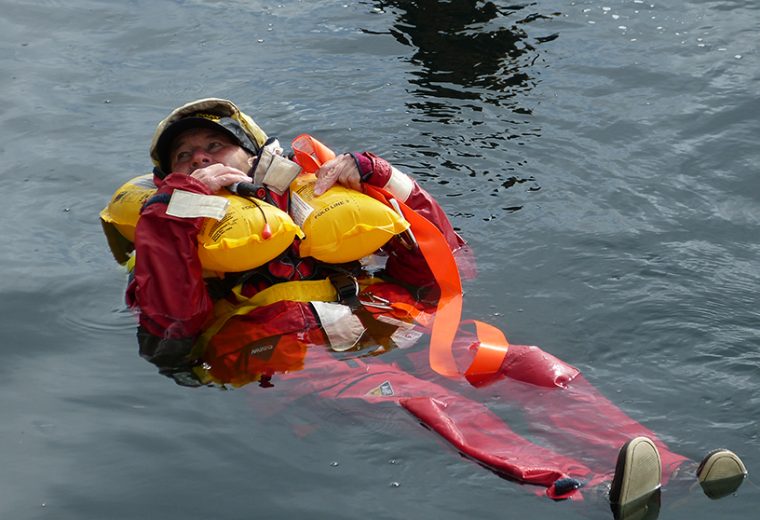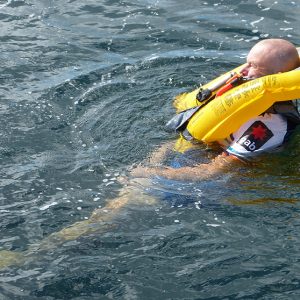Positive Changes to Life Jacket Standard AS 4758


There are a few life jacket standards in use around the country. The most common would be the Australian Standard AS4758 which was first published in 2008. This standard superseded the old AS1512, 2260 and 1499 which referred to jackets as level 1, 2 and 3 PFDs. Some states still refer to the older standard in legislation however, in Tasmania the only standard referred to in legislation is AS4758. Instead of using the PFD acronym, the newer standard refers to life jackets and the “types” are now referenced as Level 150, 100 and Level 50. These numbers are the newtons of buoyancy in the jacket. Level 150 is the most common inflatable for offshore use however some manufacturers now have available life jackets with 300 newtons of buoyancy.
The AS4758 was re-published in 2015 and recently in 2022 by Standards Australia.
The 2022 published document has had positive changes which were proposed by The Australian Recreational Boating Safety Committee (ARBSC) for inflatable life jackets, which will be of great benefit as far as safety goes for the boating community. Stock built to the newer standard will be appearing on shelves soon.
One of the changes will be that all inflatables manufactured to AS4758 – 2022 will need branding on the front of the life jacket to advise the wearer if it has auto or manual inflation. People are often unaware if the life jacket they are wearing is auto or manual because it was not a requirement previously to have this on the life jacket. Further branding on the outside of the life jacket will be that the life jacket must be fitted firmly and use the crotch strap for maximum performance. A crotch strap will also be required to be attached to all inflatables over Level 150 in the 2022 standard. Testing by Marine and Safety Tasmania (MAST) and the Australian Maritime College has indicated that a properly fitted life jacket, with a crotch strap, will improve the performance immensely therefore improving the chances of survival should you end up in the water.
Another important change is that testing will no longer be done with people wearing bathers. Importantly, test subjects will now be wearing clothing which will no doubt see improved and design and comfort. The last change is that two manual activations will be required to loosen the gas inflation cylinders. Boat ramp checks conducted by MAST over many years have seen many cylinders not even engaged in the housing – they have become loose and have simply fallen out. This makes the life jacket useless. This change to the standard will ensure that cylinders remain in the housing and are ready for use if required.
Inflatable life jackets will also need regular servicing by an accredited service agent at least once every three years. Previously there was no standard time frame for servicing and some manufacturers were pushing this out to seven years while others stipulated two years. There was no consistency for consumers. Inflatable life jackets are popular right around the country. They are comfortable, easy to wear, light and adaptable, but unless they are serviced to the manufacturer’s recommendations, they can be useless. If they don’t work, they are not a life jacket.
When the wearing of life jackets became compulsory in Tasmania, the wearing of inflatable life jackets became popular and in Tasmania now around 85% of the boating public use an inflatable. The servicing rate is concerning with only around 3% of the estimated 80-90,000 inflatables being serviced to the manufacturer’s recommendations.
Inflatables should also be checked on a regular basis to ensure they will work. Marine Safety agencies around the country urge self-checking in between a full service by an accredited provider. Remember, if you purchase an inflatable, you also have the responsibility to care for it and have it serviced to the manufacturer’s recommendations. You owe this to your family.
Marine & Safety Tasmania (MAST)





